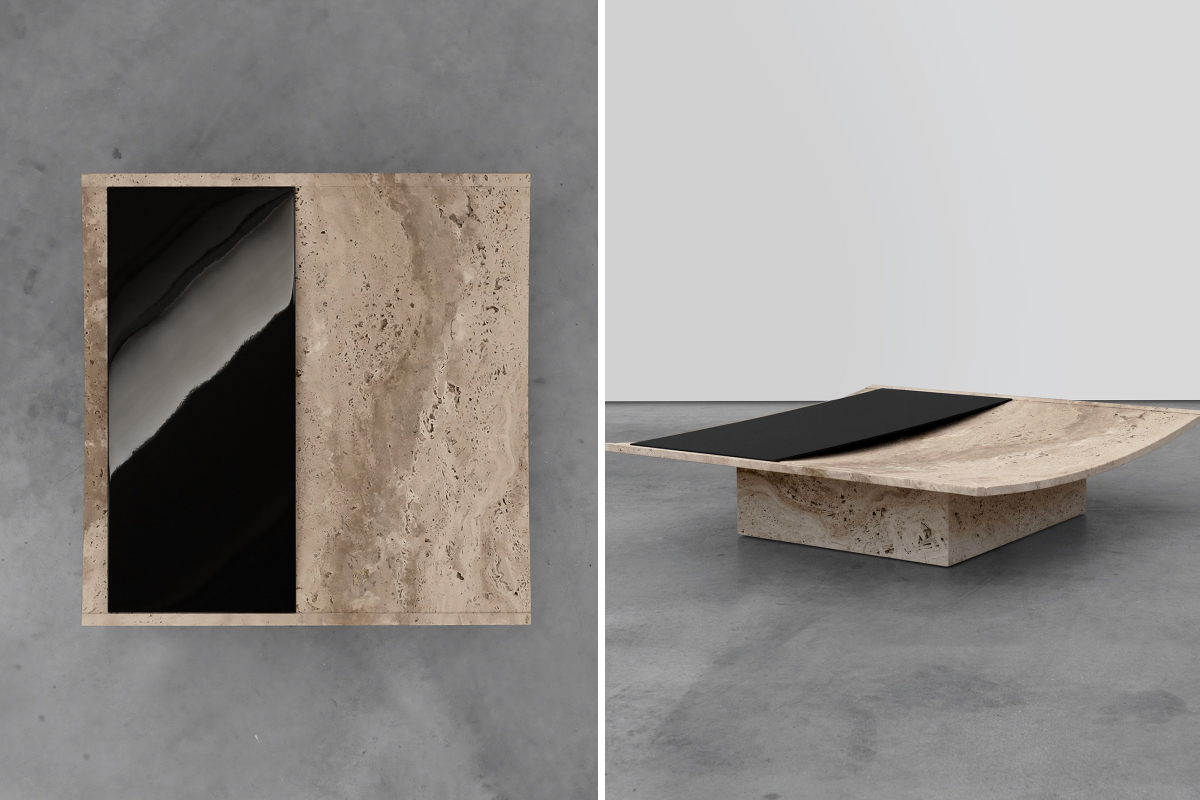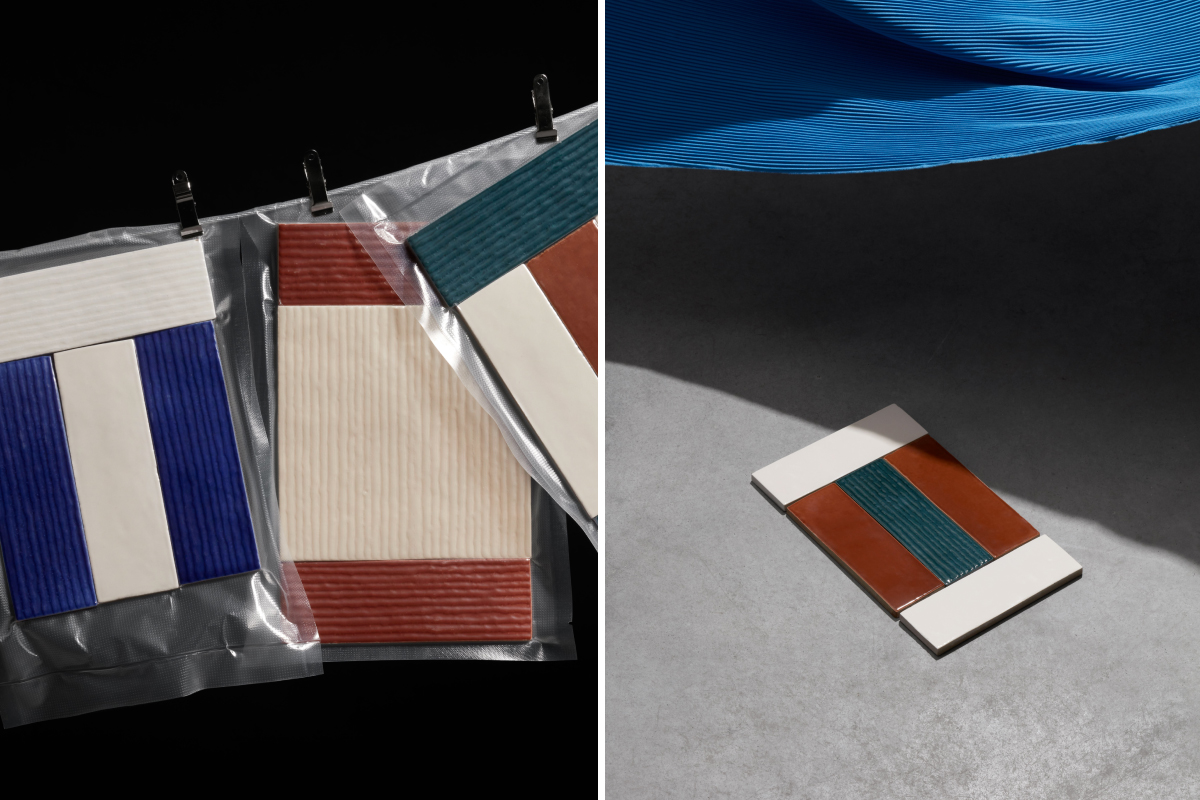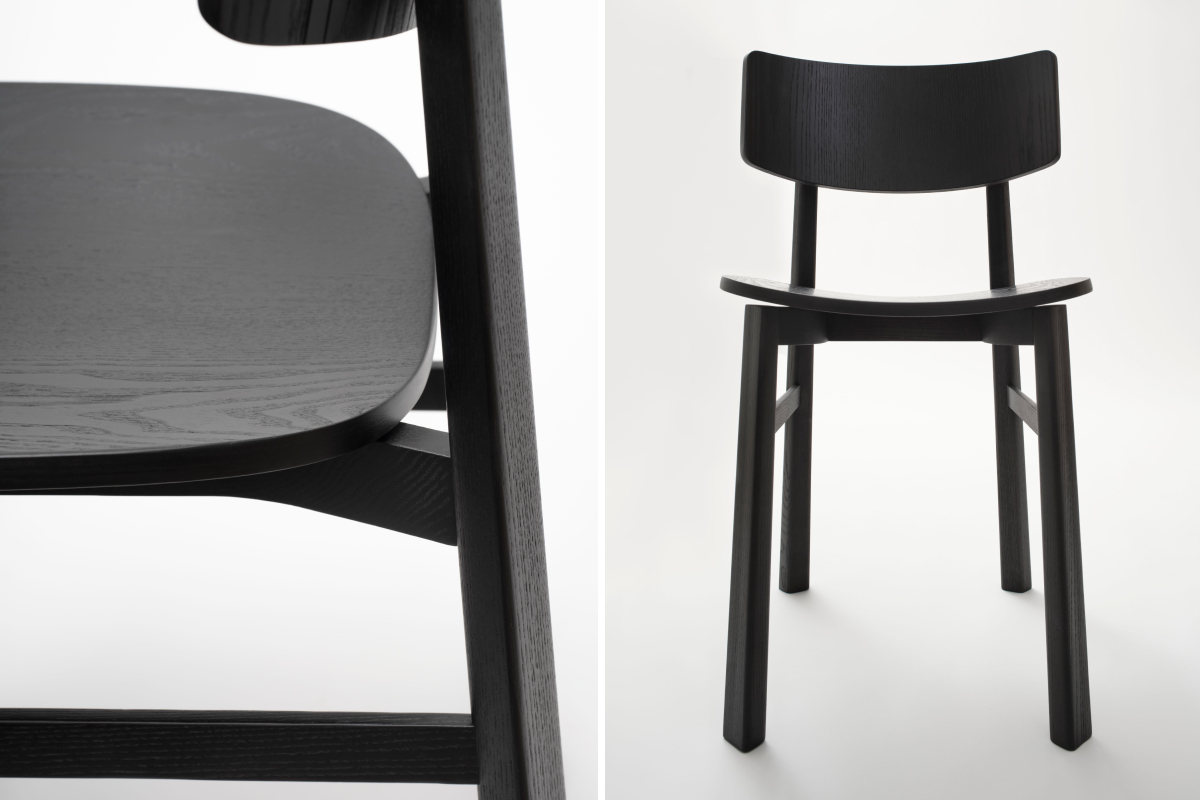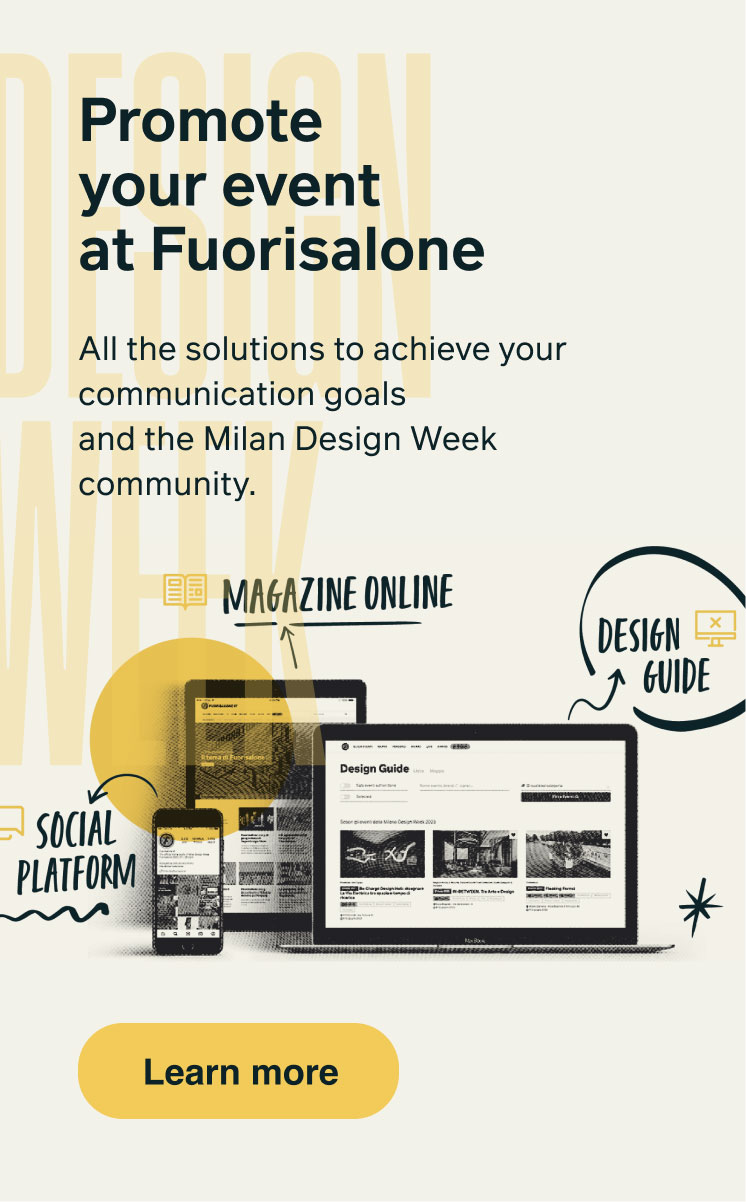The designer shares her projects with us, where the blending of different cultures and materials connects product design with unique and authentic stories
Federica Biasi, born in 1989, is a visionary designer and passionate researcher. She founded her studio in 2015 after living in the Netherlands. Her work combines craftsmanship and industrial design, exploring materials and techniques from various cultures. She has collaborated with brands such as Nespresso, Gervasoni, and Lema, and among her recent projects are the Koya coffee table for Incalmi and the Zenith table for Movimento Gallery. With a multidisciplinary approach, Federica continues to explore new horizons in industrial design and collectible design. We spoke with her about the meaning of "Connected Worlds" and how this theme is reflected in her projects.
Your work combines traditions and craftsmanship from different cultures, particularly Nordic, Asian, and Italian. How do you connect these seemingly distant worlds, and what value do you place on this cultural fusion in design?
I’ve been working in industrial and furniture design for years, and I’ve often asked myself how I can ensure that craftsmanship doesn’t get lost through my work, but rather becomes a part of the process and the final product. I decided to get closer to history, to explore things that are not taken for granted or that can be found in books. I’m interested in anthropology, trying to understand what we’ve done, why we’ve done it, and what we can still do.

Zenit, Movimento Gallery. Photo courtesy of Federica Biasi
So, what "connection" do you see between design and craftsmanship?
I believe that the world of furniture isn’t really that distant from craftsmanship. It’s almost like a personal reminder for me to acknowledge that the skill of making things is in our hands and that craftsmanship must not be lost because it’s part of our history. Even though mass production and industry are essential in today’s society, that doesn’t mean they can’t be integrated with our roots and with craftsmanship. I always try not to let one world dominate the other but to give both equal importance. Sometimes, aesthetically, one may take the lead, but at a project level, there’s always a strong intention to integrate both.

Solleone designed for Imnativ. Photo courtesy of Andrea Pugiotto
In an era where product design is increasingly embracing sustainability, how do you think designers can help create a deeper connection between local traditions and global trends, while maintaining an authentic narrative in their projects?
I think the key concept here is this: produce less, but better. If we look back, we can see how craftsmanship has always been a master of this. It takes time, not just to produce an object, but also to conceive it. Sustainability comes from the thinking behind an object, not just from its production process. Industry can support us, not only through mass production but also with smart optimization of resources.

Kimono Collection. Photo courtesy of Louise de Belle
This year, you will unveil new projects in industrial design and collectible design, along with a new book documenting your research. How do you see the evolution of the relationship between the product and its emotional or narrative value, especially in a time when the story behind each piece seems more central than ever?
The authenticity of a project shines through when it tells the story of its creator, not when it simply integrates societal values. There were times when the interpretation of society and community were driving factors in design. Today, that’s no longer enough. It’s important to convey personal values and thoughts, with consistency over time. Emotional and narrative value is crucial, but it’s not everything: the narrative must be authentic, and it must convey the effort behind it. In my view, craftsmanship is the contemporary way design can distinguish itself.

Lina designed for Pianca. Photo courtesy of Alberto Strada
What suggestion would you give to a product design student today? Would you change anything in your own path?
I don’t regret my path; in fact, I’m still building it. I would definitely advise starting to work as soon as possible. This is not a field where books can replace hands-on experience. It’s important to immerse yourself fully, both mentally and physically, in the process.





















































